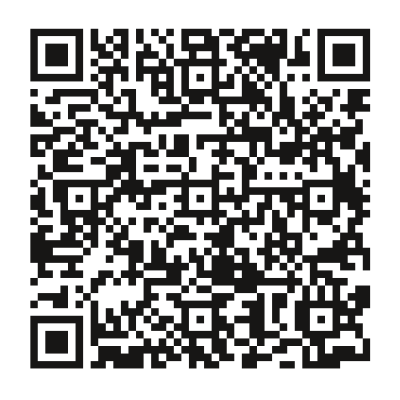Teen cyberbullying should be the ultimate nightmare for parents. Bart Palosz’s struggles and suicide show that action is needed to protect teens in school and at home.
Bart Palosz was a fifteen year old teenager on the first day of school. Then, he wasn’t.
Palosz committed suicide shortly after that first day. Several fellow students indicated bullying, both in school and digital, may have played a significant role in his decision to take his own life. Authorities are investigating and more information will come to light soon.
While unconfirmed, these allegations are part of a very disturbing trend of bullying deaths over the past weeks and months. Teen cyberbullying has played a key role in the deaths of Gabrielle Molina, Hannah Smith, and Rehteah Parsons and is now emerging from the woodwork as a major struggle for teens.
Worse, teen cyberbullying is something that victimized kids cannot get away from no matter how hard they try. Is it really a coincidence that, on his first day back and presumably experiencing similar bullying torment to what he was sadly accustomed to in the past, Palosz took his own life? We cannot speculate on this specific case, especially without more information coming to light, but it is clear that teen cyberbullying is something teens feel they simply cannot escape.
Parents and educators must take action to protect kids from teen cyberbullying. That begins with communication: educators and parents must speak with teens and learn when they are suffering from bullying. In Palosz’s case, fellow classmates appear to have been aware of bullying; indicating educators could have become more proactive about finding out he was at risk. But it does not end with communication: educators and parents must act on information and actually monitor teens’ safety. MMGuardian Parental Control, which monitors teen text messages and app use for bullying, is one such option for action.
Bart Palosz is gone, sadly. But we must learn from him, Hannah, Gabrielle, and Rehtaeh and take action to protect teens.





